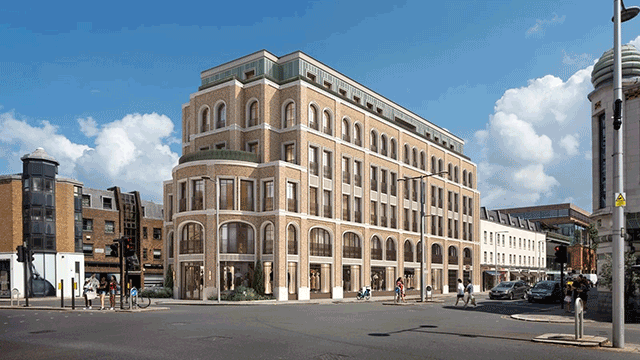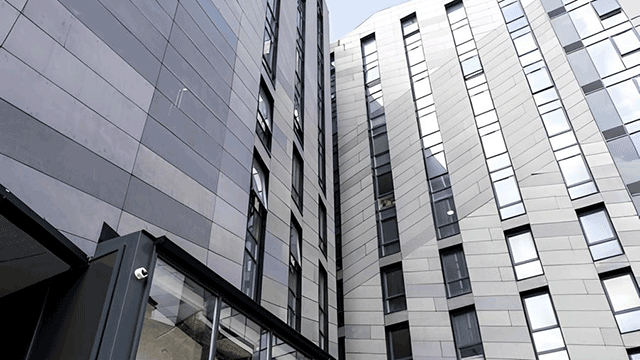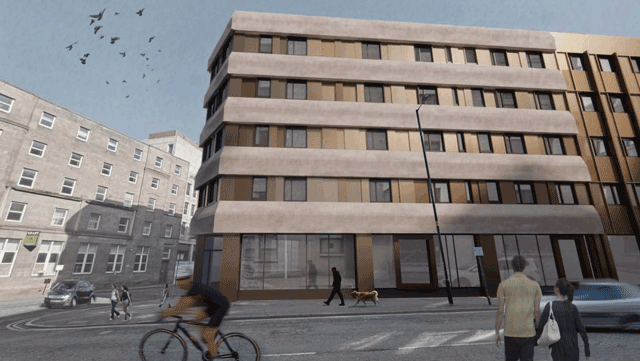Despite the continuous political headwinds, the demand for office space in central London continues to display significant strength. Take-up in Q3 2019 totalled 3.3m sq ft, 29% higher than the 10-year quarterly average, with BT, Diageo and WeWork making large commitments to the city.

The strength of the property market continues to be underpinned by London’s importance as a global centre of industry. While Brexit may have affected the short-term perception of the UK, London exhibits extraordinary resilience in its ability to attract and accommodate global occupiers. Since the EU referendum in 2016 there has been more than 36m sq ft transacted with businesses including Deutsche Bank, TP ICAP, Goldman Sachs, Facebook, Apple and Google all committing to the city.
For seven years running, London has been named the most powerful city in the world, beating New York, Tokyo, Paris and Singapore to the top of the Global Power City Index, run by the Mori Memorial Foundation’s Institute for Urban Strategies. And in the most recent BCG/Total Jobs survey, London was named “the most attractive city for work”.
Yet, while London, Edinburgh, Manchester and Birmingham regularly feature in rankings of the top places to do business, UK cities rarely score highly when it comes to their liveability rating. Is there a disconnect between where we can do business and where we can live well?
Consulting firm Mercer’s Quality of Life Survey placed London 41st for quality of life, with Edinburgh coming in at 45th, Glasgow at 48th and Birmingham at 49th, on par with Kobe, in Japan, and Chicago. Similarly the Economist Intelligence Unit Liveability Rating ranked London 48th in its 2019 survey. While London is often – and unsurprisingly – cited as one of the best cities for culture and leisure, it is burdened by its infrastructure, income inequality, pollution and crime rates. It follows that its citizens also report experiencing higher levels of stress, the longest commutes in Europe and poor affordability.
If the success of an individual city is based on its ability to attract talent, what happens when talent either can no longer afford to live there or wants to locate elsewhere? At a time when technology blurs the boundaries between our work and home life, and reduces the need for workers to be in any one place, locational decisions for the 21st-century workforce will be increasingly biased towards places that stimulate our mental and physical wellbeing.
Making a place desirable is of increasing importance for London – and every city – in order to future-proof itself. We need our cities to remain global in terms of our approach to business and in our economic outlook. However, the most liveable and pleasant cities also have the ability to feel local through their use of infrastructure and mix of businesses and property use types. This is no easy feat for a city of London’s size but it is achievable through a more collaborative approach that enables affordability, connectivity and a sense of place from the built environment – much of which is set out in the Draft London Plan due for adoption in early 2020.
The key to change will be within the plans for outer London, where considered development can be used to transform the current centralised model. Creating diverse, mixed-use nodes that provide not only housing but appropriate workspaces, retail and leisure space, as well as other community-focused amenities, will create economic opportunity outside of the magnetic pull of the central activities zone.
This will result in growing employment, leisure and living opportunities and allow people to gain access to the goods, services and amenities they need locally, thereby driving local placemaking and the creation of sustainable, flexible spaces with high utility and appeal. This can only be achieved through all stakeholders working together to deliver the appropriate infrastructure and built environment to allow people to sleep, eat, work and play locally.
This is not limited to planning and development of buildings. It requires creating platforms where landlords can communicate with their occupiers, employers with employees, and communities with companies to make the best use of the spaces we live and work in. Employing this approach throughout the lifecycle of development and, more importantly, through use means we can create flexible, adaptable places that not only serve their primary and secondary users, but also provide benefits to wider communities.










